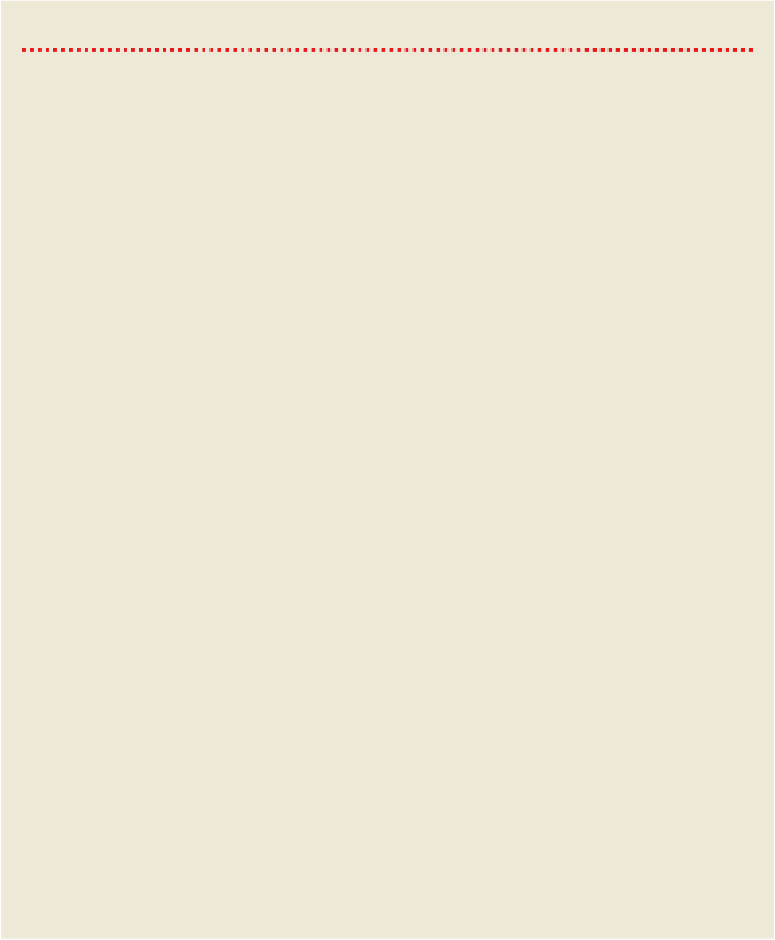Travel Reference
In-Depth Information
CAPTAIN JAMES COOK
TONY HORWITZ
If aliens ever visit earth, they may wonder what to make of the countless obelisks,
faded plaques and graffiti-covered statues of a stiff, wigged figure gazing out to sea
from Alaska to Australia, from NZ to North Yorkshire, from Siberia to the South Pacif-
ic. James Cook (1728-79) explored more of the earth's surface than anyone in history,
and it's impossible to travel the Pacific without encountering the captain's image and
his controversial legacy in the lands he opened to the West.
For a man who travelled so widely, and rose to such fame, Cook came from an ex-
tremely pinched and provincial background. The son of a day labourer in rural York-
shire, he was born in a mud cottage, had little schooling, and seemed destined for
farm work - and for his family's grave plot in a village churchyard. Instead, Cook went
to sea as a teenager, worked his way up from coal-ship servant to naval officer, and at-
tracted notice for his exceptional charts of Canada. But Cook remained a little-known
second lieutenant until, in 1768, the Royal Navy chose him to command a daring voy-
age to the South Seas.
In a converted coal ship calledEndeavour,Cook sailed to Tahiti, and then became
the first European to land at NZ and the east coast of Australia. Though the ship al-
most sank after striking the Great Barrier Reef, and 40% of the crew died from dis-
ease and accidents, theEndeavourlimped home in 1771. On a return voyage
(1772-75), Cook became the first navigator to pierce the Antarctic Circle and circle
the globe near its southernmost latitude, demolishing the myth that a vast, populous
and fertile continent surrounded the South Pole. Cook criss-crossed the Pacific from
Easter Island to Melanesia, charting dozens of islands between. Though Maori killed
and cooked 10 sailors, the captain remained sympathetic to islanders. 'Notwithstand-
ing they are cannibals,' he wrote, 'they are naturally of a good disposition.'
On Cook's final voyage (1776-79), in search of a northwest passage between the At-
lantic and Pacific, he became the first European to visit Hawaii, and coasted America
from Oregon to Alaska. Forced back by Arctic pack ice, Cook returned to Hawaii,
where he was killed during a skirmish with islanders who had initially greeted him as a
Polynesian god. In a single decade of discovery, Cook had filled in the map of the Pa-
cific and, as one French navigator put it, 'left his successors with little to do but ad-
mire his exploits'.
But Cook's travels also spurred colonisation of the Pacific, and within a few decades
of his death, missionaries, whalers, traders and settlers began transforming (and of-
ten devastating) island cultures. As a result, many indigenous people now revile Cook
as an imperialist villain who introduced disease, dispossession and other ills to the Pa-
cific (hence the frequent vandalising of Cook monuments). However, as islanders re-
vive traditional crafts and practices, from tattooing totapa(traditional barkcloth),
they have turned to the art and writing of Cook and his men as a resource for cultural

